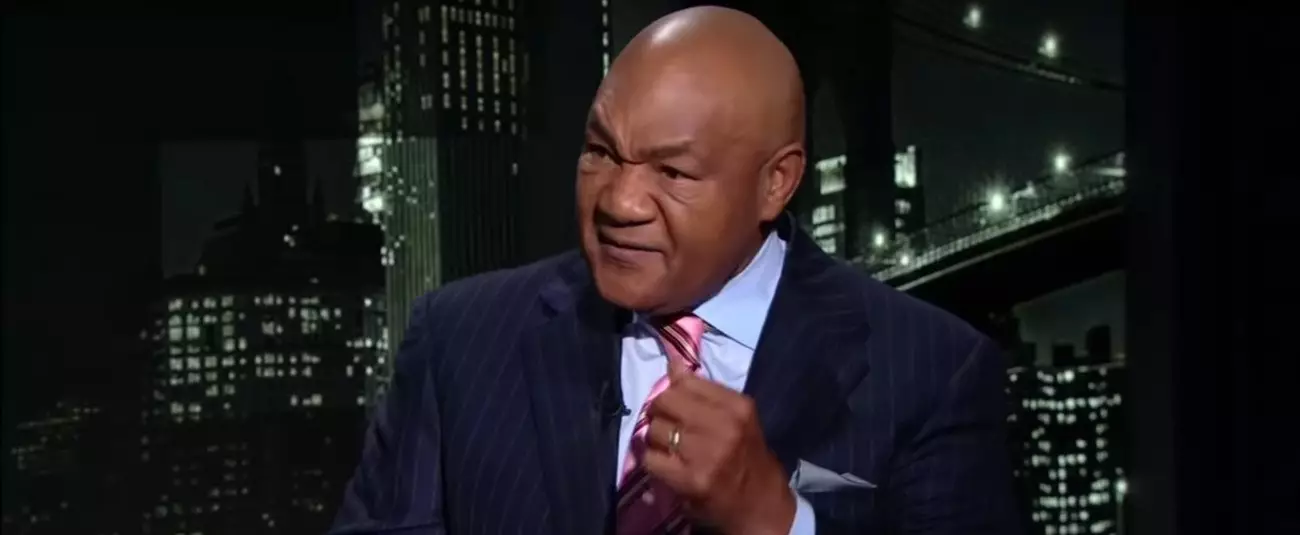There are few names in the realm of boxing that evoke as much respect and admiration as George Foreman. A titan of the heavyweight division, Foreman was more than just a fighter; he embodied raw power and tenacity, traits that enabled him to dominate the ring in two distinct eras. While Foreman was indeed celebrated for his ability to deliver knockouts with frightening frequency—amassing an astonishing total of 68 in his career—he also possessed a unique skill set that made him not just a brute, but a tactician who understood the nuances of boxing.
Foreman’s journey through the world of boxing was characterized by remarkable resilience. He was a fighter who evolved, demonstrating profound adaptability throughout his career. In his later years, he learned to manage his breathing and pace within the ring, a strategy that would turn his sluggish style of the 1970s into a more refined approach, reaping significant rewards in the process. This maturity and mental fortitude, combined with his well-documented physical attributes, made Foreman a devastating force that was hard to counteract.
Defining Knockouts That Shaped Boxing History
In analyzing Foreman’s greatest knockouts, the debate is as spirited as any boxing match. Each knockout tells a story of power, precision, and the psychological warfare that ensues in the squared circle. The Houston Chronicle recently highlighted five of Foreman’s most memorable knockouts, and while opinions may differ on the ranking, one cannot dispute the significance of these explosive moments.
One standout match that deserves recognition is Foreman’s clash with Joe Frazier in 1973. As a 3-to-1 underdog, Foreman shocked the boxing world by sending the previously unbeaten Frazier to the canvas six times. This initial encounter was not merely a fight; it was a stark reminder of Foreman’s ability to elevate a bout from a mere sporting event to an almost theatrical spectacle. Howard Cosell’s iconic call, “Down goes Frazier! Down goes Frazier!” echoed through living rooms and cemented this moment into the annals of boxing history. Such moments did not simply demonstrate Foreman’s brute strength; they showcased his transformative effect on the sport itself.
A Revenge Plot: Foreman vs. Frazier II
The rematch with Frazier in 1976 further illustrated Foreman’s ferocity and ability to adapt. Although Frazier lasted longer compared to their first bout, he ultimately succumbed to Foreman’s relentless offensive onslaught. Highlights from this fight serve as a testament to Foreman’s physical prowess; despite being in the ring with an opponent who had previously been championed for his resilience, Foreman’s sheer force was overwhelming. This rematch highlighted the psychological games that Foreman played; he not only beat Frazier physically but psychologically left an indelible mark both on Frazier and on boxing commentators alike.
The Second Act: Remarkable Comeback
Foreman’s career took a peculiar twist in the ’90s, leading to one of the most extraordinary comebacks in sports history. At 45 years old, Foreman faced Michael Moorer, a sophisticated boxer who strategically outperformed his younger opponents. However, during this bout in 1994, just when everyone thought the old lion’s time had passed, Foreman delivered a shocking knockout that not only restored him to champion status but also captured the hearts of fans worldwide. The phrase “It happened!” uttered by HBO’s Jim Lampley transcended the boxing community and became a symbol of hope and resilience.
The later part of Foreman’s career, particularly his comeback, serves as a parable about perseverance and the human spirit. His ability to not only return to elite boxing but to reclaim a title at such an advanced age is a narrative that resonates beyond the realm of sports, inspiring countless people to pursue their dreams irrespective of circumstances.
Legacy of a Dual Champion
George Foreman’s boxing career is not just characterized by his knockouts, but by the stories these moments tell about his character, resilience, and indomitable spirit. He is a symbol of evolution in a sport renowned for its brutality. Widely regarded as a heavyweight champion, Foreman’s legacy lies not merely in the titles or the numbers, but in the way he redefined himself in the public eye—first as a fearsome fighter and later as a beloved icon transcending generations. The boxing world mourns the loss of Big George, but it also continues to celebrate an unparalleled career and an inspiring life.

